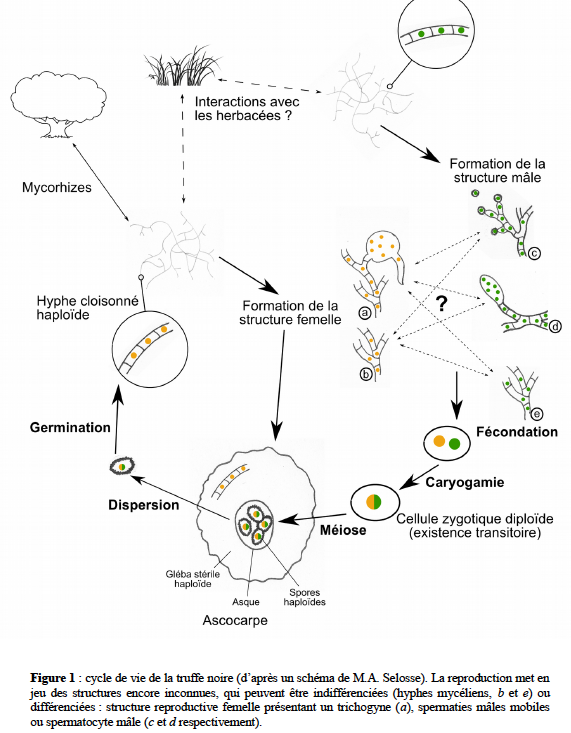
July has been crazy and I could not find time to write in this Blog. Yesterday I flu from Barcelona to Cape Town and instead of watching films, I read some pending papers 😉 here some comments from them:
A french work of 2016 opens a new vision to the already complex biological cycle of the black truffle. We know that the truffle often fruits under certain shrubs (juniper, rosemary, thyme …) and that there are several herbaceous plants that tolerate brules. Now it´s been found with DNA techniques as black truffle mycelium is able to colonize the roots of certain plants and shrubs with which it does not create true mycorrhiza.
In this work, when analyzing a wild truffiere of Quercus ilex, they detected with PCR mycelium of black truffle in 74 roots of herbaceous plants, corresponding to half of the analyzed samples.
The majority of this mycelium (65%) found in herbal roots is the same as the maternal part of the truffles that were harvested around it, but there is a 25% that is not found in the collected truffles.
Grinder already found something similar for summer truffle. See reference.
They found as well something quite funny: truffle may have a single mother, but several parents! you probably have found sometimes huge truffles that looks like small single ones stuck to each other. They observed that these different parts of the truffle come from a different “father”, although they share the mother. It is as if different truffles together merge in their development. Not only did these “multilobulated” truffles have different parents, but several of the “mono lobular” (normal round truffle) presented different paternal individuals. Each lobe could be a different fertilization of the same mother!
This study also finds a high consanguinity in the truffles found in the same truffiere. Possibly because either the truffle is dispersed by an animal or because it rots in the soil, this causes that in the same place we find the two sexual types (maternal and paternal) coming from the spores that germinate as a maternal part or paternal part.
This work also shows how gene flow seems to be limited to the size of the brule. So mothers and fathers come in wild truffieres from physically close individuals. This would weaken the theory that some parents might come from “mobile spermatia”, such as conidia or spores of asexual reproduction found in some truffles like Tuber borchii, or maybe these conidia have a weak dispersion.
However these works are done in wild truffieres, and possibly as we expand these studies and sample sizes some of the results could change. Also, in plantations where the soil is worked and we add spanish wells with spores we could find different data or less consanguinity.
Cheers from South Africa, where we are for some projects 😉
Marcos S. Morcillo
References:
- Laure Schneider-Maunoury. 2016. Génétique des populations à l’échelle locale de la truffe noire Tuber melanosporum
- Élisa Taschen. 2016. Interactions biotiques et biologie reproductive de la Truffe noire, Tuber melanosporum (Vittad.): des truffières spontanées aux plantations

























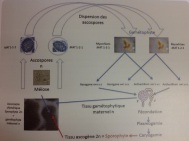
















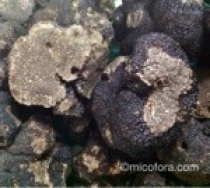








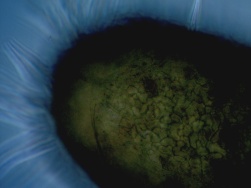












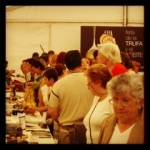



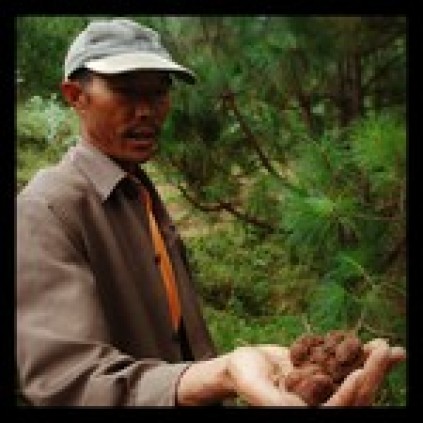


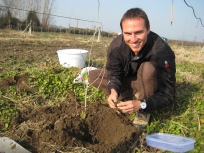






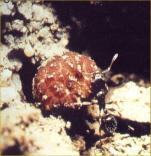


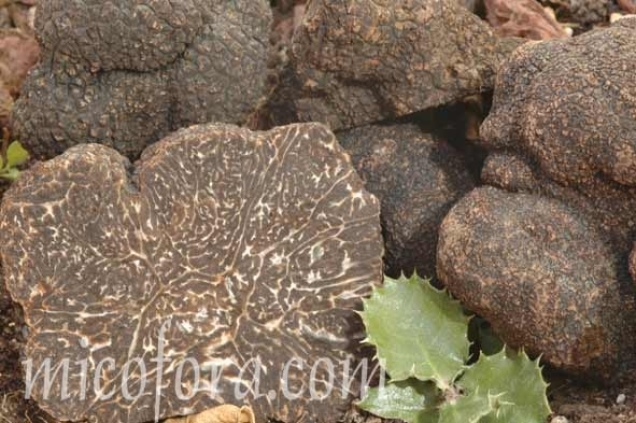
Pingback: How many baby truffles are formed per square meter? | trufflefarming